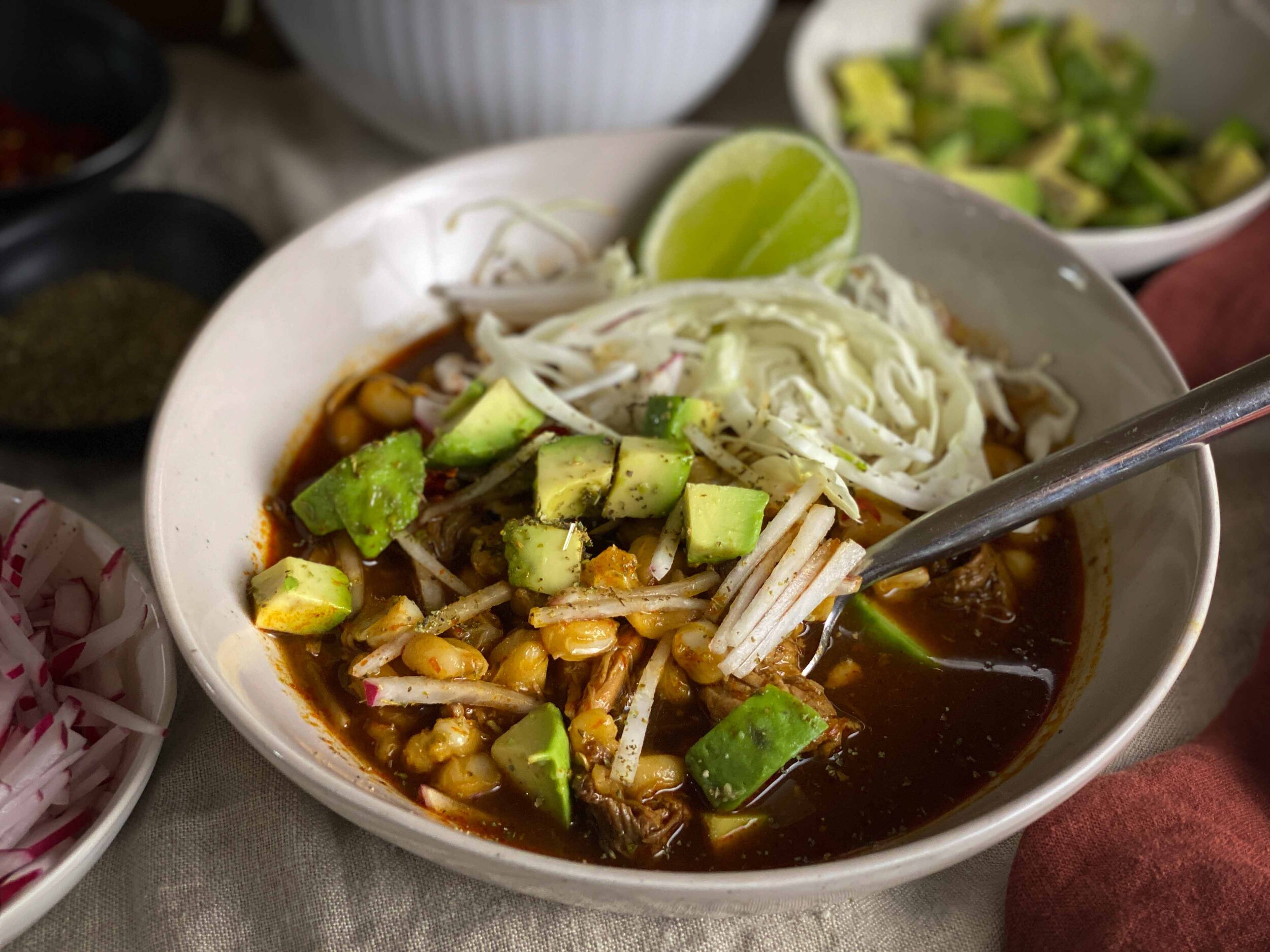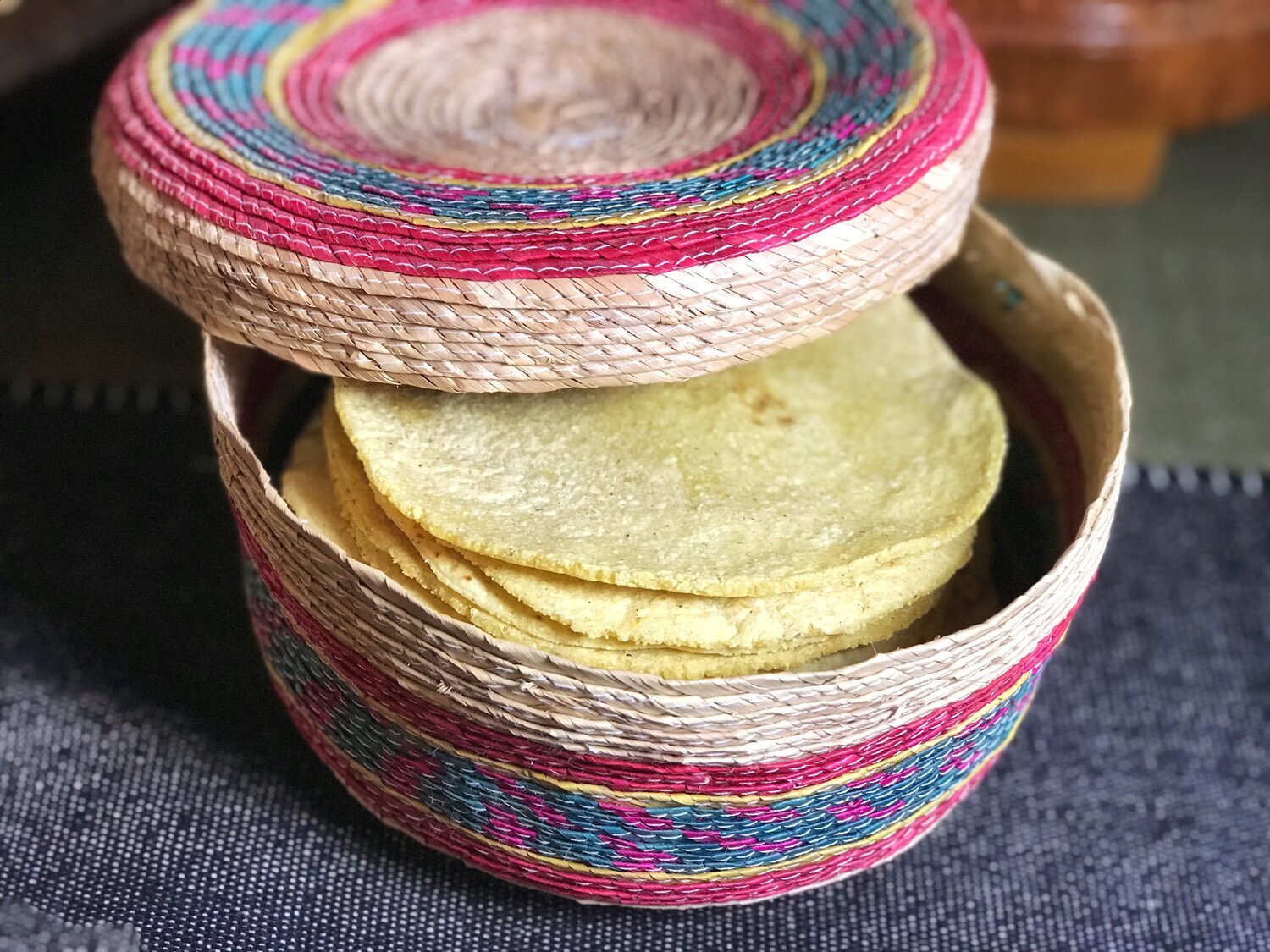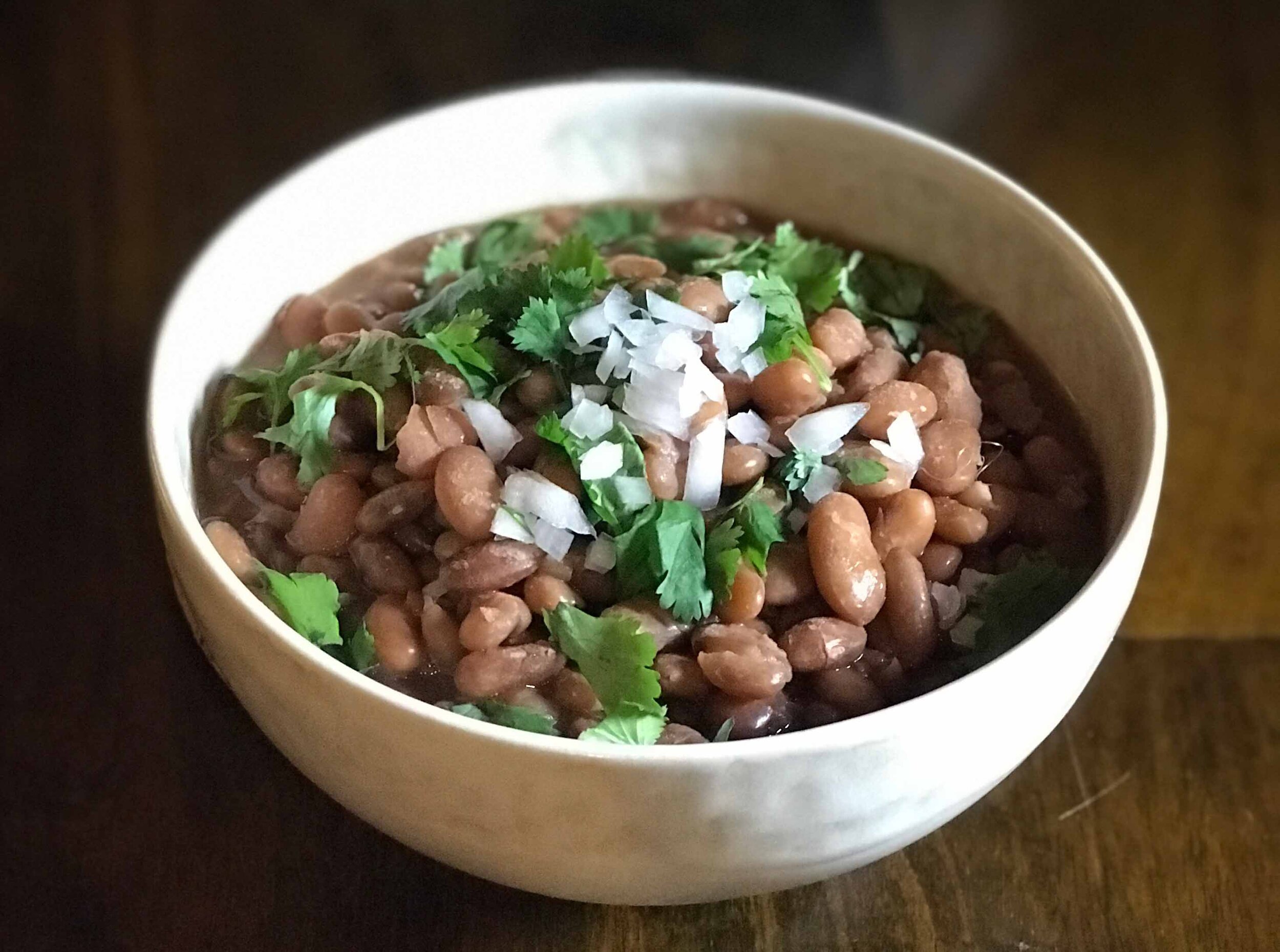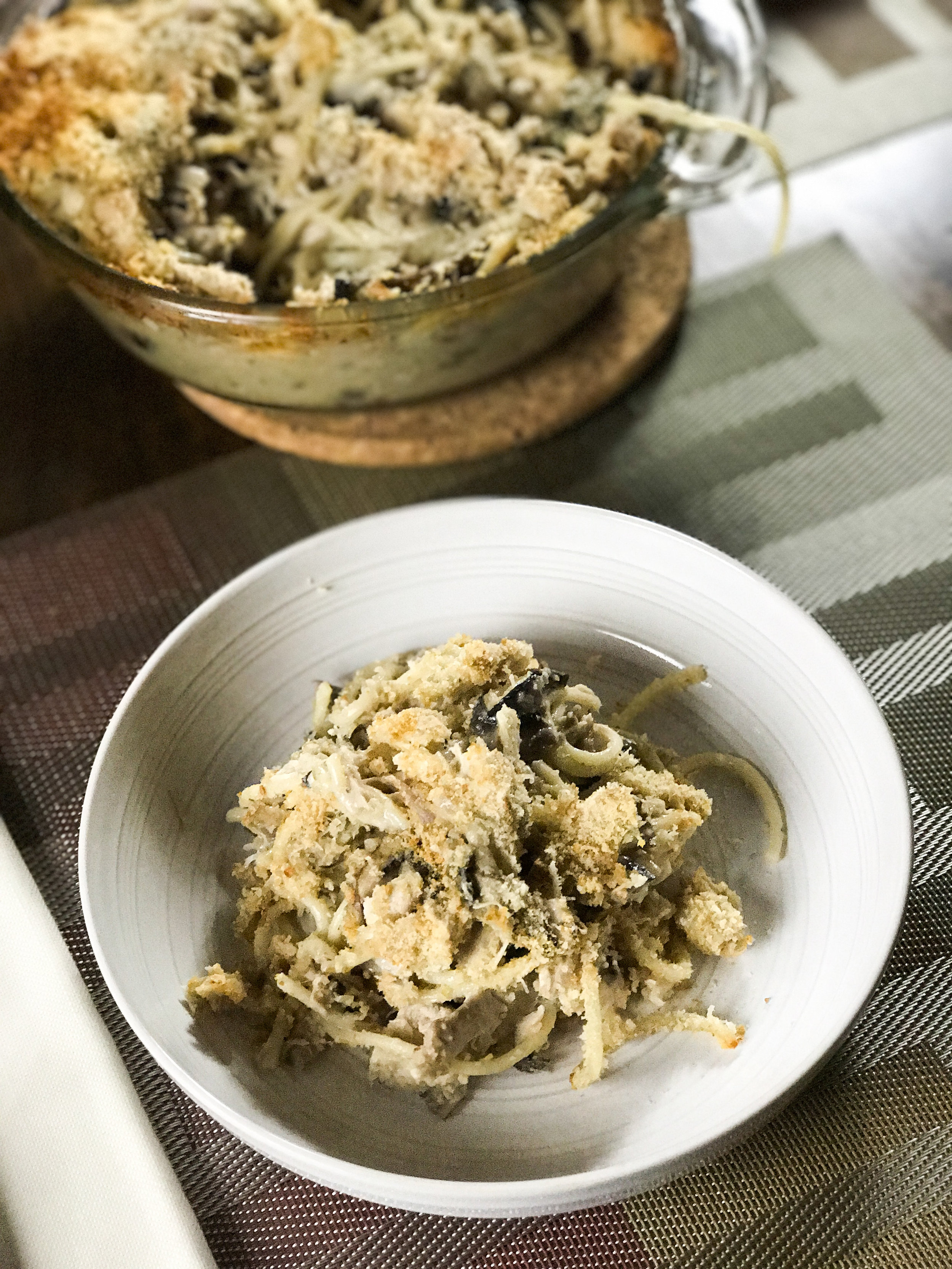September 16 — the day Mexicans celebrate their independence — is the perfect occasion to cook up one of your favorite Mexican dishes, or try something new. Here are 10 of our favorite Mexican recipes published over the years at Cooks Without Borders.
Mely Martinez’s Pozole Rojo
Because pozole is one of the most popular dishes for the holiday in Mexico, Mely Martínez’s Pozole Rojo from her just-published The Mexican Home Kitchen leads off our hit parade. (Read our recent review of the book.) You’ll need to start a few hours before you want to serve the pozole, but there’s not much work involved. With all its pretty garnishes — radishes and avocado and onions and such — it is super festive.
Taquería Carrots (Zanahorias Escabeches)
Of course, before you get down to serious eating, you’ll want a few nibbles. May we interest you in some tangy, spicy, zingy Taquería-style carrots?
They’re much quicker and easier to make than you might think. Be careful: They’re quite addictive.
Guacamole, My Way
Guacamole always gets a party started in style. We start by grinding onions, serrano chiles and cilantro together in a molcajete for serious depth of flavor. Don’t forget to buy chips!
Classic Margarita
How could you not? Raise a glass and toast the revolution. Make ‘em one at a time or mix up a batch.
Aguachile, Colima-Style
Chef Olivia Lopez (chef de cuisine at Billy Can Can in Dallas) shared her recipe for shrimp aguachile with us back in June. It quickly became one of our favorites.
Killer Carnitas
Carnitas — crispy-edged morsels of pork that can be pulled apart and wrapped in a corn tortilla with salsa verde (also great with guacamole) — are hard to beat.
Roasted Salsa Verde
Here’s your Roasted Salsa Verde. Besides being great in a hundred kinds of tacos, you can also use it to sauce albondigas, enchiladas and a host of other things.
Corn Tortillas
Once you start making your own handmade corn tortillas, it’s hard to go back to store-bought. You’ll want these for the carnitas.
Frijoles de Olla (Pinto Beans)
Have we ever mentioned how munch we love beans? Super easy to cook, frijoles de olla — pintos cooked in a pot — are one of life’s great simple pleasures.
The Mexican-Chocolate “Situation”
Somewhere between a flourless chocolate cake and a brownie, these toothsome chocolately bars are made with almond flour and flavored with brandy, ancho chiles, cinnamon and vanilla, in order to channel champurrado — Mexican hot chocolate. They happen to be gluten-free.
Looking for more Mexican recipes? There are lots more where these came from — our Mexican recipes section. Do check it!
Happy Independence Day! ¡Viva la Revolución!
RECIPE: Mely Martínez’s Pozole Rojo
RECIPE: Classic Margarita on the Rocks
RECIPE: Aguachile, Colima-Style
RECIPE: The Mexican-Chocolate Situation
























































